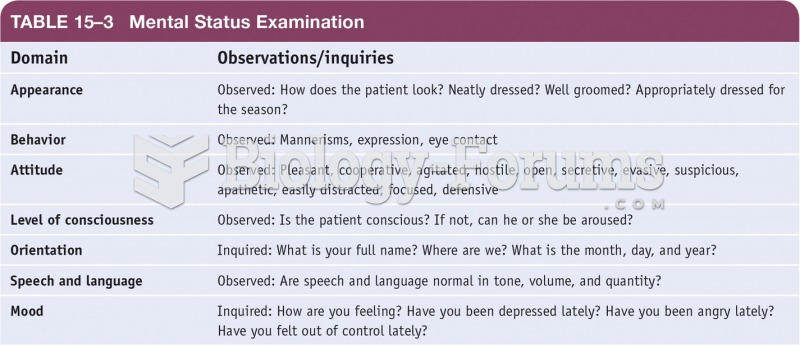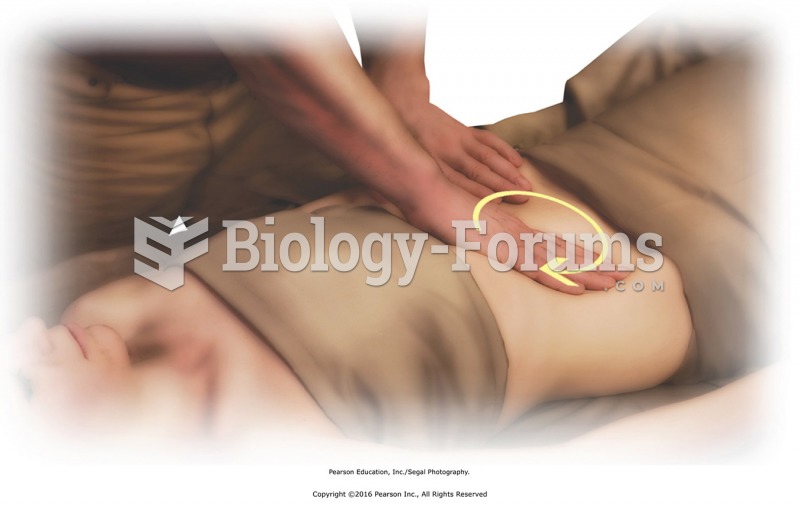Answer to Question 1
ANS: B
To teach effectively, nurses must recognize that patients of all ages come from diverse cultural and socioeconomic backgrounds. Each has a different ability to comprehend health care information. Results of the NAAL research indicate that among American adults, 30 million (14) had below basic health literacy in English and 47 million (22) had basic health literacy. This means that 77 million (36) American adults possessed very rudimentary literacy skills that allowed them to read only short, simple printed and written materials. Although discussion of Nightingale's work often focuses on her efforts to distinguish nursing as a profession and address the impact of sanitation on health, she advocated exploring all aspects of the patient. She thought that patients needed care that is delicate and decent and that demonstrates the power of giving real interests to the patient. Exploring patients' interests and abilities was an early acknowledgment that nurses must be aware of patients' ability to comprehend the health care information provided. Often, health care professionals assume that the explanations and instructions given to patients and families are readily understood. In reality, research has shown that these instructions are frequently misunderstood, sometimes resulting in serious errors.
Answer to Question 2
ANS: D
Although low literacy and low health literacy are related terms, they are not interchangeable. Low health literacy is content specific, meaning that the individual may not have difficulty reading and writing outside the health care arena. These patients may struggle to comprehend the complicated, unfamiliar terms and ideas found in health-related materials or instructions. The psychomotor domain incorporates physical movement and the use of motor skills in learning. Teaching the newly diagnosed diabetic how to check blood sugar is an example of a psychomotor skill. Affective domain learning recognizes the emotional component of integrating new knowledge. Successful education in this domain takes into account the patient's feelings, values, motivations, and attitudes.







